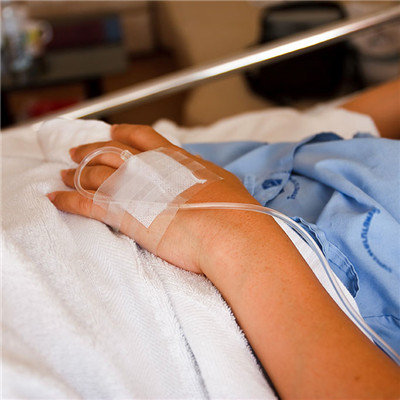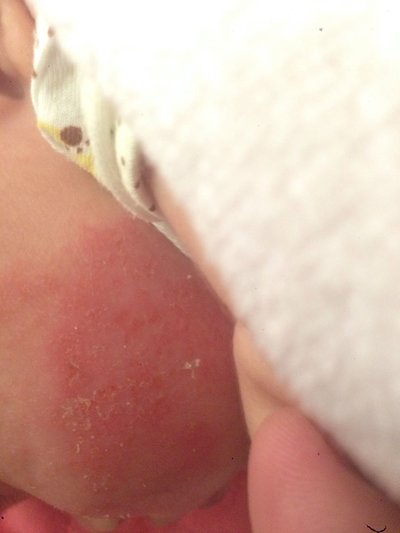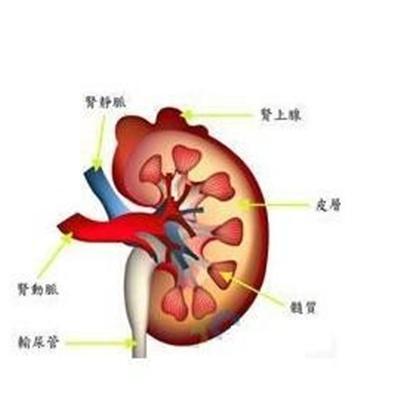Symptoms of superior vena cava syndrome?
summary
Superior vena cava syndrome (SVCS) is a group of syndromes caused by the interaction of partial or complete obstruction of blood flow to the right atrium through the superior vena cava, which is a common emergency of tumor. The patient developed acute or subacute dyspnea and swelling of face and neck. The examination showed congestion and edema of face, neck, upper limbs and chest, and then developed into hypoxia and increased intracranial pressure, which needed emergency treatment. Symptoms of superior vena cava syndrome? Let's talk about it
Symptoms of superior vena cava syndrome?
Edema of the head, neck and upper limbs, no obvious indentation of finger pressure, cyanosis of skin and lips, aggravating when lying on the back, alleviating when the upper body is upright, often accompanied by dizziness, dizziness and conjunctival congestion. Sometimes, obvious dilatation of jugular and thoracic veins and varicose veins of thoracic and abdominal wall can be seen.

When the tumor oppresses the peripheral organs and nerves, there may be cough, dyspnea, poor eating, hoarseness, ptosis, pupil narrowing, facial anhidrosis, etc. Nausea and vomiting caused by increased intracranial pressure may occur.

Puncture and catheterization of bilateral cubital vein or femoral vein can show the location of obstruction, distal end and proximal end, but there are many complications, so it should be used with caution. To show the specific location and collateral circulation of superior vena cava obstruction can clearly show the intrathoracic structure and the etiology.

matters needing attention
It is suitable for thrombosis caused by non malignant causes, or for radiotherapy and chemotherapy with malignant causes. On the basis of symptomatic anticoagulation and antithrombotic therapy, it is helpful to relieve symptoms. Anticoagulant therapy alone can eliminate the obstruction of superior vena cava caused by venous catheter thrombosis.
















